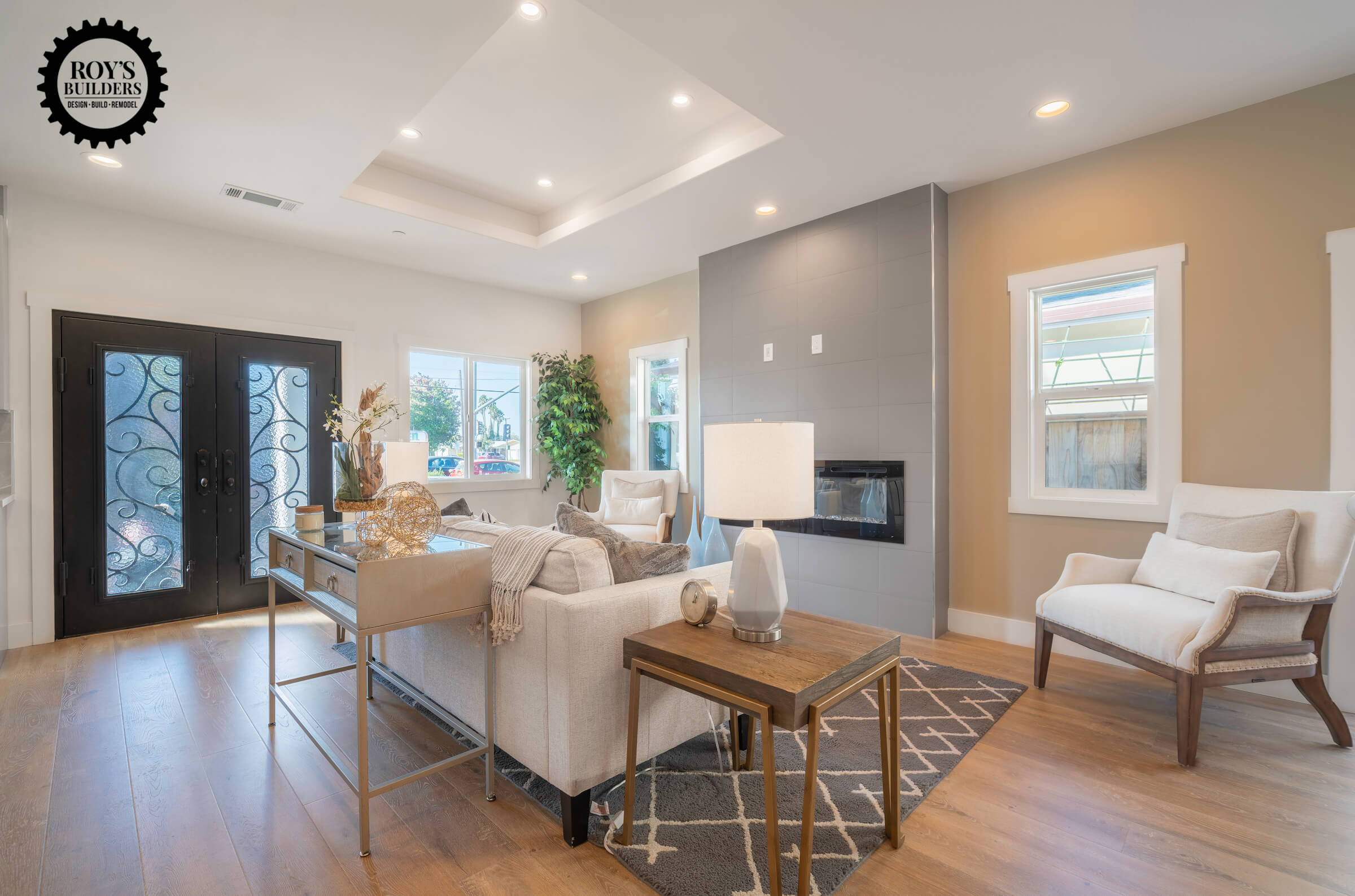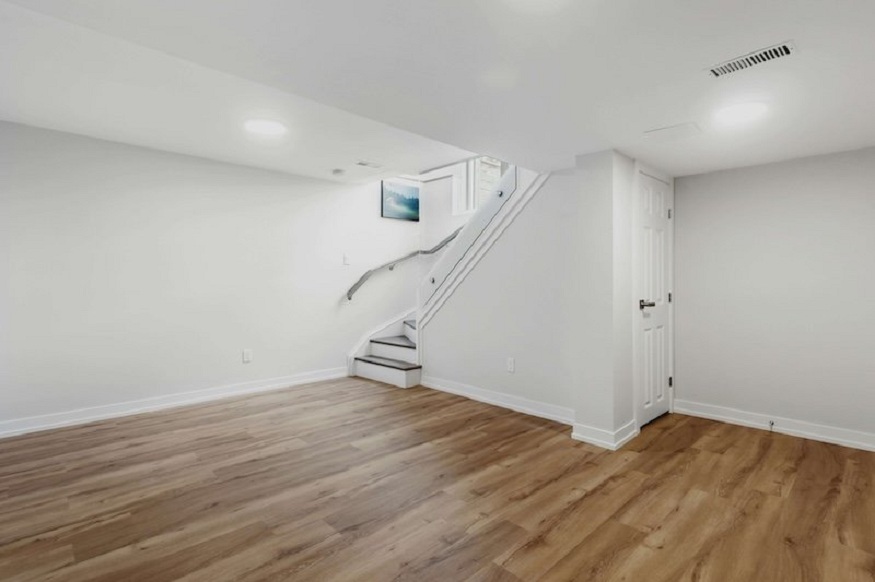When you live in a region like the Bay Area, with its natural beauty, coastal glow, and diverse architecture, one of the best design moves you can make is to maximize light inside your home. Whether you’re dealing with a classic Victorian in San Francisco or a contemporary build in San Jose, the challenge is often the same: how do you make the most of the light you have and add more where it’s lacking?
Light isn’t just about being able to see better; it impacts your mood, your energy, and how your home feels overall. It can make a space feel bigger, fresher, and more alive. And especially here in the Bay Area, where sunlight and fog trade places throughout the day, knowing how to work with light is key.
This post is for anyone dreaming of a space that feels open, airy, and filled with that golden California glow. Whether you’re planning a full remodel or just want to refresh a single room, these design tips will help you turn up the brightness—naturally and beautifully.
Why Lighting Matters in Bay Area Design
Let’s start with the basics. Light defines how we perceive color, shape, and space. It adds depth. It enhances textures. In a region where homes vary so much in layout, age, and elevation, light is the one element that can pull everything together and elevate any interior.
Older homes in the Bay Area—especially pre-1950s—often have smaller windows, awkward layouts, or darker finishes that absorb light. Meanwhile, newer builds or remodels sometimes go too minimal, leaving the home feeling sterile or shadowy without the right fixtures or natural lighting plans.
But with thoughtful design, you can strike the perfect balance between brightness and warmth, between openness and comfort. And that starts with knowing your space—and how the light interacts with it throughout the day.
Understanding Natural Light Patterns in Bay Area Homes
No two homes receive light in exactly the same way, but here’s a general pattern worth noting: Bay Area homes tend to experience a mix of morning haze, mid-day brightness, and late-afternoon golden hues depending on which direction your windows face. Coastal areas might deal with more fog and overcast skies, while homes inland enjoy longer hours of direct sunlight.
So before making any design decisions, take a walk through your home during different times of the day. Where do you notice the shadows falling? Which rooms feel gloomy even at noon? Are there spots where the sun feels too intense or harsh?
This kind of observational groundwork will help you target where light needs to be boosted, softened, or redirected.
Open Layouts and Reflective Surfaces: A Bright Combo
It’s no secret that open-concept living spaces help with light distribution. Fewer walls mean fewer barriers for light to bounce around. If a remodel is in your future, consider removing unnecessary partitions or creating larger archways between rooms.
That said, layout alone won’t do the trick. Surfaces matter. Glossy finishes, lightly colored walls, and reflective elements like mirrors or glass accents can make a world of difference.
Paint colors in the off-white, pale gray, or soft beige family tend to reflect light instead of absorbing it. A fresh coat of paint—especially if your current walls are dark or dated—can completely transform a space without changing anything else.
And don’t underestimate the power of mirrors. A large mirror opposite a window doubles the sunlight effect. Even a small, well-placed mirror can boost brightness in a hallway or powder room.
Window Treatments That Let the Light In
Thick drapes, dark blinds, and outdated valances can do more harm than good when you’re trying to brighten a space. If you need privacy but still want light, consider layered window treatments: sheer curtains underneath and blackout panels on the sides. This gives you flexibility without sacrificing daylight.
In rooms where privacy isn’t an issue, ditch the window coverings entirely or opt for minimal shades that can be pulled completely out of the way during the day.
Bay Area homes often have beautiful views—whether it’s greenery, hills, or skyline—so you might as well bring the outdoors in. Clean, unobstructed windows are one of the easiest and cheapest ways to improve the natural light in your home.
Choosing the Right Lighting Fixtures for Every Room
Let’s talk about artificial lighting. A common mistake in many homes is relying on a single overhead light. That creates harsh shadows and leaves corners in the dark. The better approach is to layer your lighting.
Start with ambient lighting—this includes your ceiling lights or recessed fixtures. Then add task lighting, like reading lamps or under-cabinet lights in the kitchen. Finally, bring in accent lighting to highlight artwork, plants, or architectural features.
When it comes to the color temperature of your bulbs, opt for warm white or soft daylight (somewhere between 2700K–3500K) to mimic natural light without that sterile, blue-tinted glow.
Pendant lights in the kitchen, wall sconces in the hallway, and strategically placed floor lamps in your living area can dramatically change how open and lively a space feels—especially during cloudy Bay Area mornings or early sunsets in the winter months.
Remodeling to Brighten Up: Small Changes, Big Results
If you’re already planning to remodel a space—especially areas like the kitchen or bathroom—you’ve got the perfect opportunity to design with light in mind from the get-go.
For instance, installing a skylight in a kitchen or hallway can flood the space with sunshine even in areas with minimal wall space. Similarly, glass-paneled doors, light-colored cabinetry, and quartz countertops help reflect light and keep things feeling fresh.
If your project involves bathroom remodeling in San Jose, CA, you’ll notice how even minor updates like switching from tile to glossy surfaces or adding backlit mirrors can make the space feel twice as large and ten times more inviting.
The goal isn’t just to make it look bright—it’s to make it feel bright, welcoming, and energizing.
Bringing Light Into Smaller or Windowless Spaces
Some areas—like closets, interior bathrooms, or basement rooms—simply don’t have access to natural light. But that doesn’t mean you’re stuck with gloom.
Try incorporating light tubes or solar tunnels, which bring sunlight in through the roof and funnel it into rooms without windows. They’re more affordable than full skylights and surprisingly effective.
For smaller rooms, go for a monochromatic palette—especially whites, creams, and soft grays. Match your wall color with your ceiling to reduce visual breaks and give the illusion of a higher ceiling.
Also, avoid heavy furniture or cluttered layouts. The more open the floor plan, the more spacious and airy it will feel.
Flooring and Ceilings: The Overlooked Light Reflectors
When talking about brightness, people often forget about what’s underfoot and overhead. Light-colored hardwoods, light-toned tiles, or polished concrete floors can reflect light beautifully and enhance the brightness of a room. Rugs in lighter tones can help soften the space without making it feel heavy.
Ceilings painted in a bright white or even a subtle sky blue can visually lift the space and add a fresh feel. In taller rooms, coffered or tray ceilings painted with semi-gloss finishes can amplify light reflection without going overboard.
If you’re working with a home remodeling contractor, bring up these elements early in the design phase—they’ll help you integrate light-enhancing ideas into the bigger picture.
Plants, Glass, and Smart Decor Tricks
A few thoughtful design choices can amplify light just through good styling. Indoor plants with glossy leaves catch and reflect sunlight, especially when placed near windows. Glass furniture or acrylic pieces visually open up the room and allow light to pass through instead of being blocked.
Swap heavy artwork for pieces with light backgrounds or metallic frames. Add décor elements like light-toned ceramics, shiny trays, or glass bowls that play with light. Even something as simple as a crystal chandelier can cast little prisms across a room when the sun hits just right.
These small upgrades don’t require major renovation, but the impact on how your home feels—especially during dreary or overcast days—can be significant.
Stay Inspired, Stay Bright
There’s no single formula for brightening up a Bay Area home—but it always comes down to understanding how light moves through your space and working with it, not against it. From smarter layouts to better paint choices, from sleek fixtures to soft sheers, your home has endless potential to feel lighter, fresher, and more energized.
Design isn’t just about beauty—it’s about how a space makes you feel. And nothing lifts a mood quite like a sun-filled room.
Looking for more inspiration on smart design, creative remodels, and tips that actually work for Bay Area homeowners? Follow our blog and bookmark it for future updates. We’re always sharing what’s working right now, what’s trending, and what will stand the test of time. Check out more from your Reliable home renovation experts at Roy’s Builders and Remodeling. Your brighter, better home is closer than you think.
Would you be open to embedding our Google Business Profile right below the article? Here’s the link:



